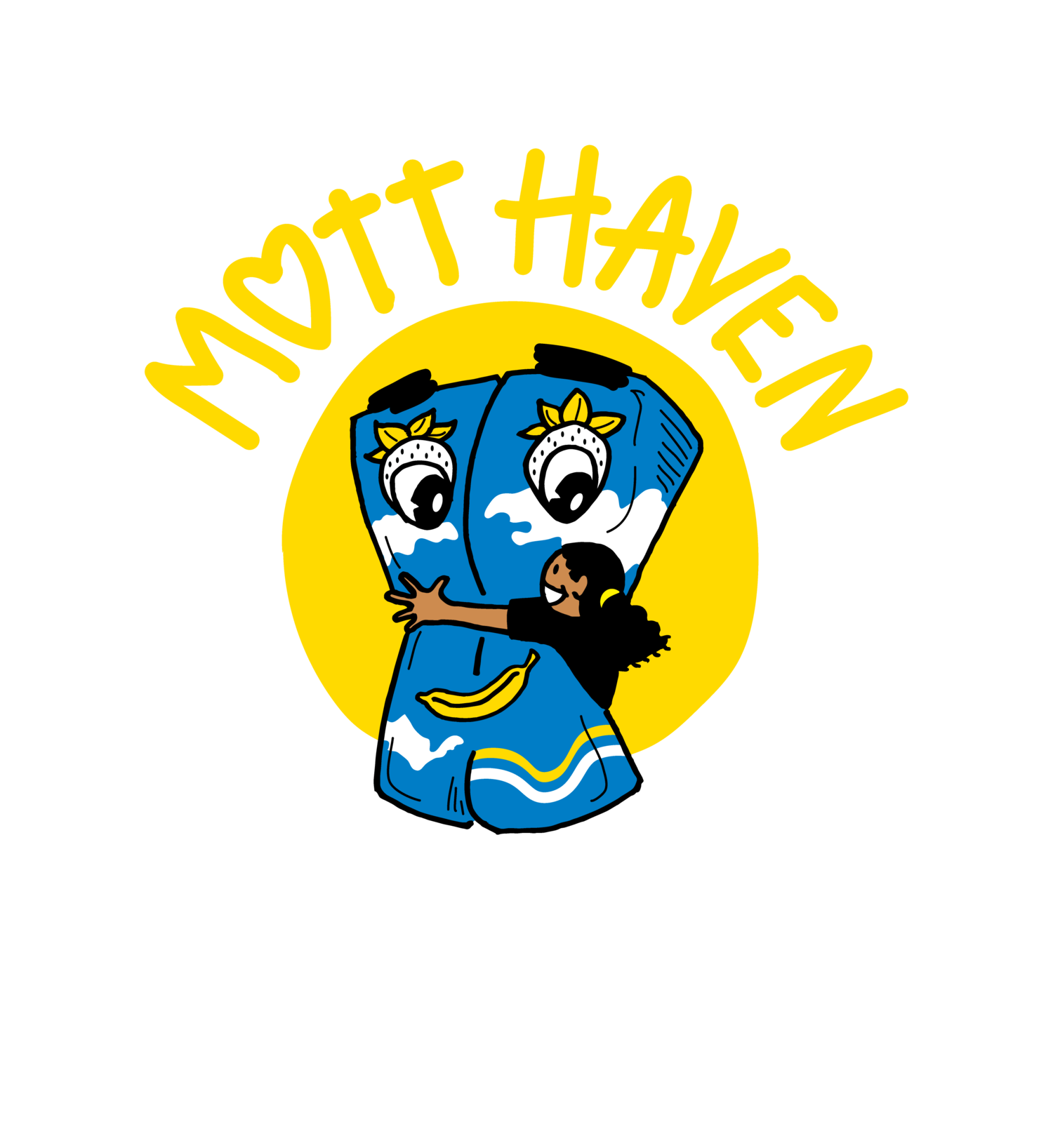Flooding in East Harlem
Briggs Luisa Negrón
When Hurricane Sandy hit New York State in 2012, it wreaked havoc on various boroughs, flooding streets, damaging buildings and businesses, and killing almost 150 people in the US [1]. Sandy is known as one of the most expensive storms in U.S history, with the National Hurricane Center estimating [2] that “damage estimates are near $50 billion, making Sandy the second-costliest cyclone to hit the United States since 1900.” However, while Sandy was universally damaging to various communities, it was especially devastating to East Harlem, a community that is designated as a “high-risk flood zone [3].”
A center of culture and expression, East Harlem is home to the museum El Museo del Barrio, various local cultural centers, gardens, diverse street art, and murals [4]. Also known as “El Barrio [4]” by residents, the neighborhood is a low-lying upper Manhattan borough that borders the Harlem River, a reality which leaves it vulnerable to flooding.
“We live in a flood zone,” said Tenant Association President at George Washington Houses and East Harlem resident Claudia Perez [5], “Sandy was literally 100 feet away from me! Half of the Metropolitan Hospital which is across the street from me was underwater.”
While the City of New York hailed their “preparation and immediate response to Hurricane Sandy” as one of the “largest mobilizations of public services in its history [6],” Perez painted a different story of the extent of the City’s preparedness. She noted that she, as the tenant association president at local community center george washington houses, did not even know that the Dream Charter School was the emergency evacuation center; and neither did many people she spoke to, including members of the Dream charter school community [5].
In line with this general confusion, after Hurricane Sandy Ex-Mayor De Blasio and the City Department of Parks and Recreation worked together to create the “Vision Plan for a Resilient East Harlem [7],” a plan which would hypothetically address the issues of flooding and flood zones in East Harlem. However, the full plan was never fully released to the public, though it technically was finished in 2018, according to New York based newspaper The City [3].
The realities of Hurricane Sandy inspired a variety of East Harlem community initiatives led by local organizers. The Dream Charter School began talking to their kids about resiliency in flood areas, studied flood zones, and looked at what East Harlem might look like in 100 years due to flooding, noted Perez. Perez worked with the school to create questionnaires and created an emergency evacuation booklet, which “no other development ha[d],” noted Perez.
Apart from the important development of emergency evacuation manuals, the organization Plus Pool offers swimming lessons [8] to handfuls of children in East Harlem community centers to learn to swim, ten children from each development, noted Perez.
“That all ties into the flood zone issue. It's important for our kids to know how to swim! Pre-covid for four years we’ve taught close to 30 kids in Washington Houses how to swim,” noted Perez.
Many community members have also come together to create community gardens, an initiative that provides a helpful way to absorb water in flood zones like East Harlem.
“Community gardens help to combat the heat island effect [9] of the city, and they absorb water [10] during weather events to lessen flooding in a city filled with impervious pavement,” noted author at State of the Planet Phebe Pierson [11].
These community gardens and other local initiatives offer a way for residents to combat East Harlem flooding outside of city policy, or apparent lack thereof.
Sources:
[1]https://www.nationalgeographic.com/environment/article/hurricane-sandy [2]https://www.nhc.noaa.gov/data/tcr/AL182012_Sandy.pdf
[3]https://www.thecity.nyc/2021/1/25/22245050/de-blasio-hides-flood-climate-plan-from-east-harlem-resiliency[4]https://www.elmuseo.org/el-barrio/ [5]Claudia Perez, Tenant Association President at George Washington Carver Houses[6]https://www1.nyc.gov/site/cdbgdr/about/About%20Hurricane%20Sandy.page [7]https://www.nycgovparks.org/pagefiles/145/east-harlem-resiliency-study-vision-plan__5e0118fed163a.pdf [8]https://pluspool.org/programming/details/summer-bluefish/ [9]https://news.climate.columbia.edu/2016/09/27/nycs-heat-waves-a-harbinger-of-things-to-come/[10]https://news.climate.columbia.edu/2018/05/14/public-space-sustainable-city/[11]https://news.climate.columbia.edu/2019/01/10/community-gardens-east-harlem/[12] Photo by @sir_jarvis, courtesy of Unsplash through Squarespace image library.
